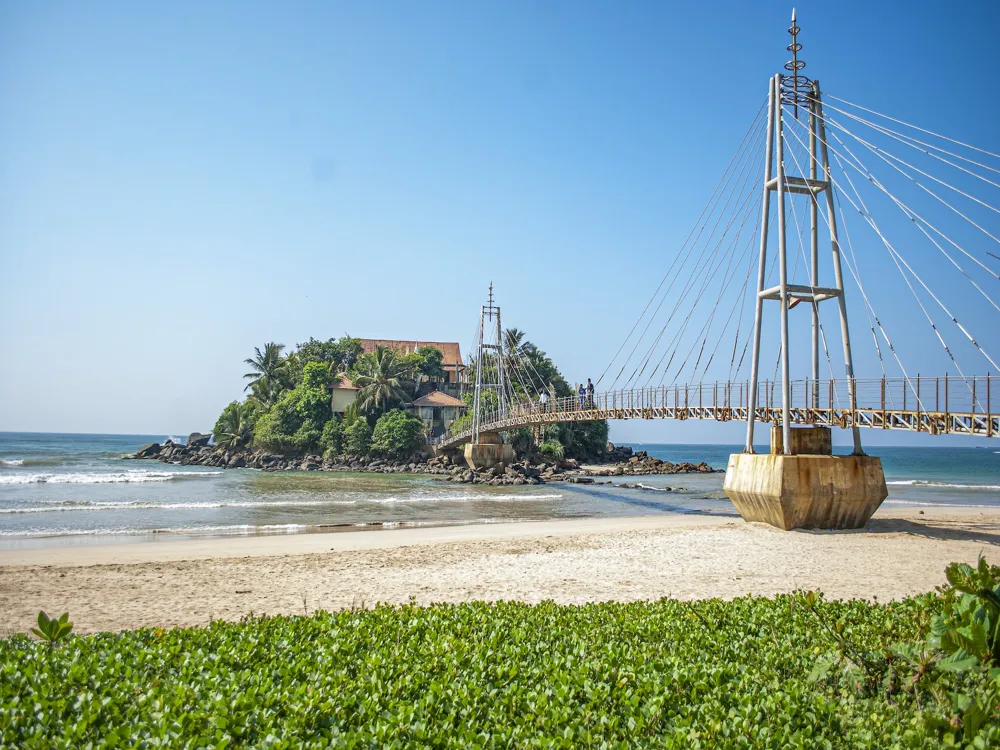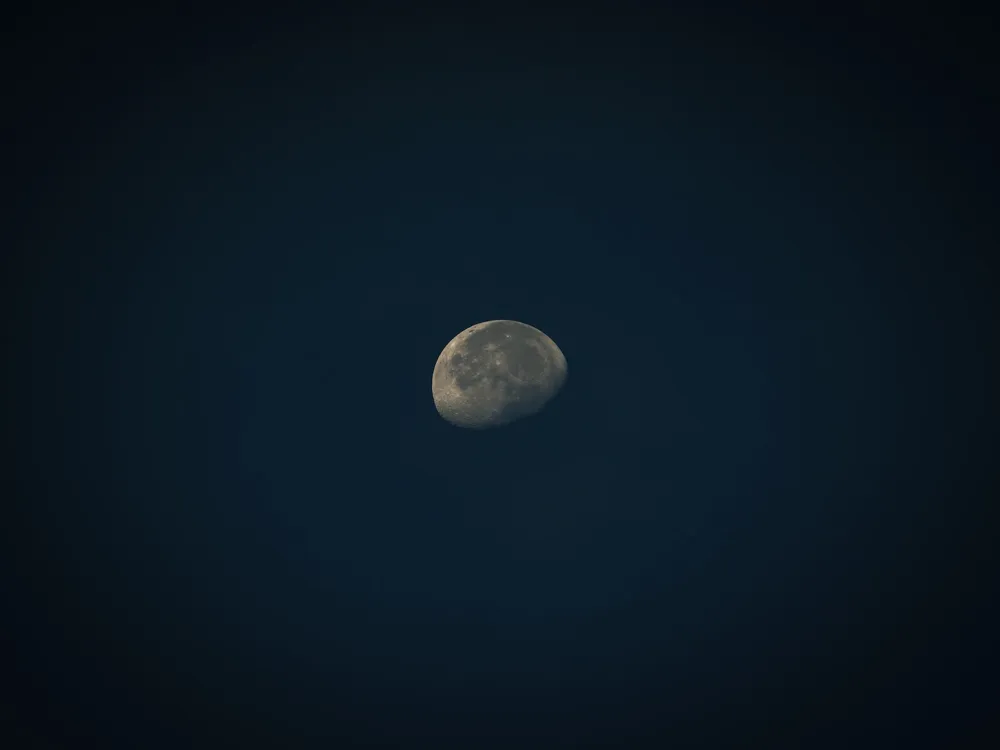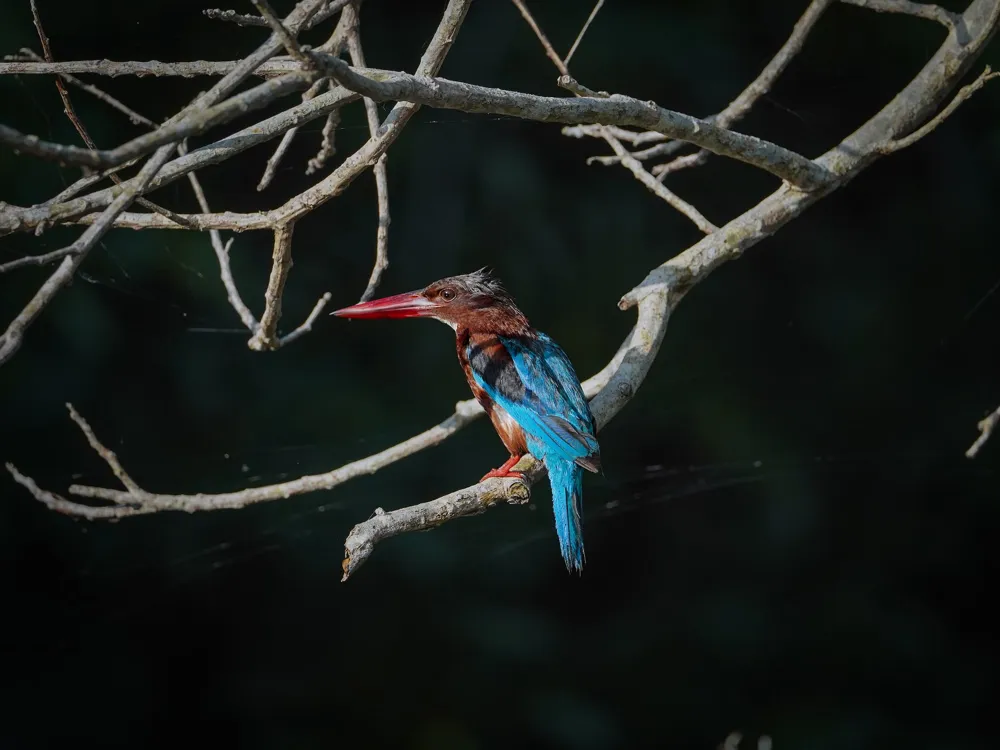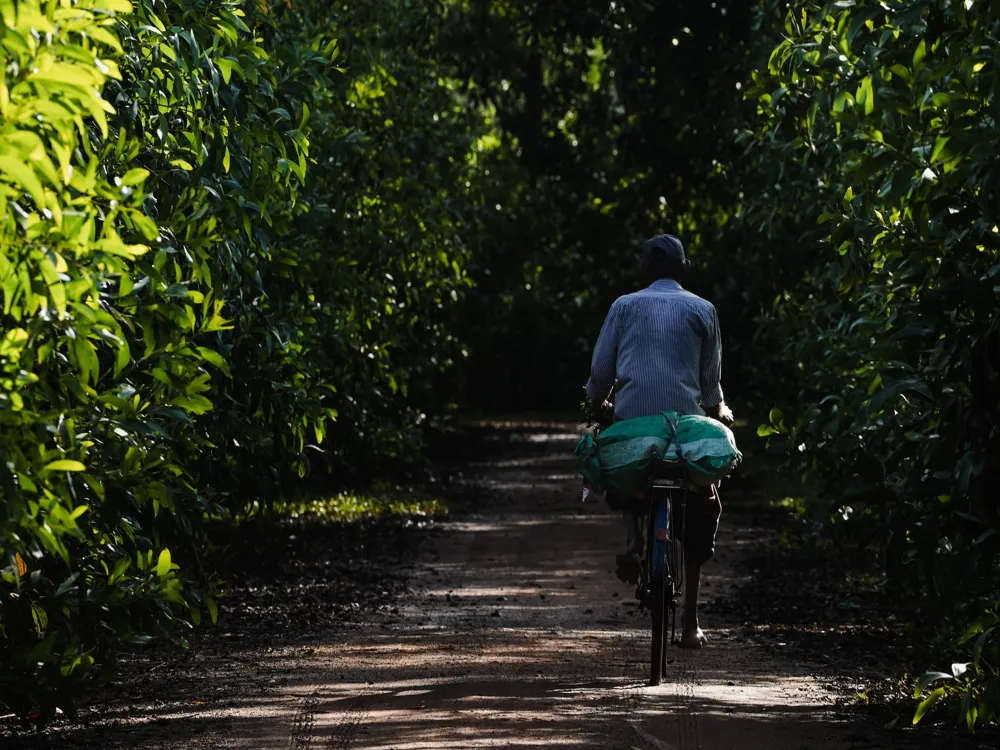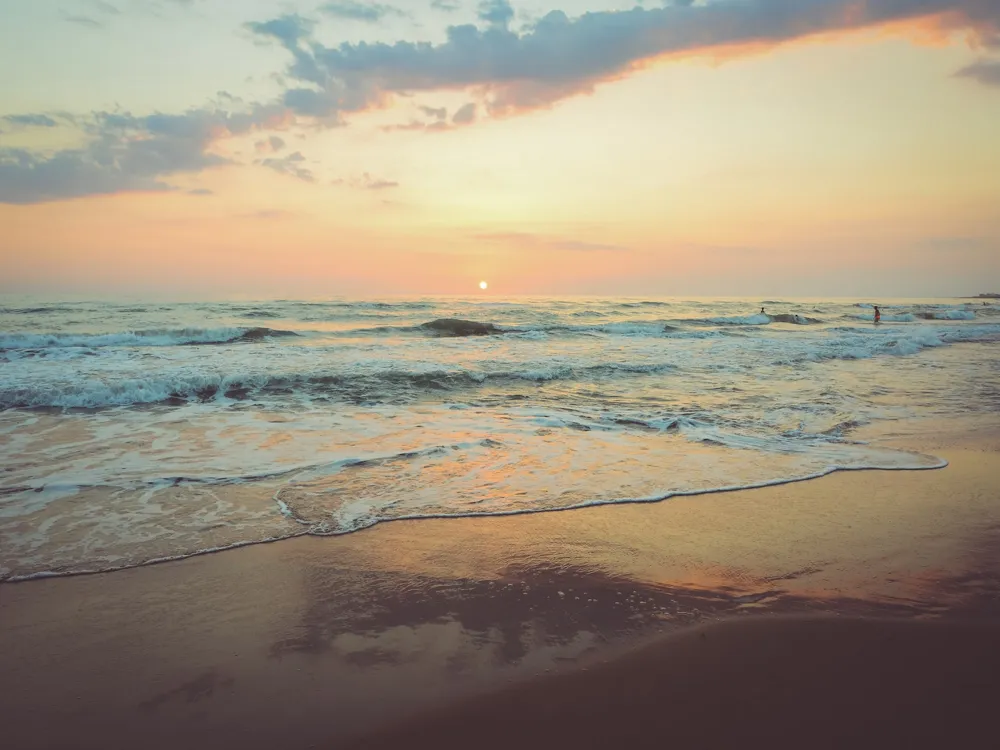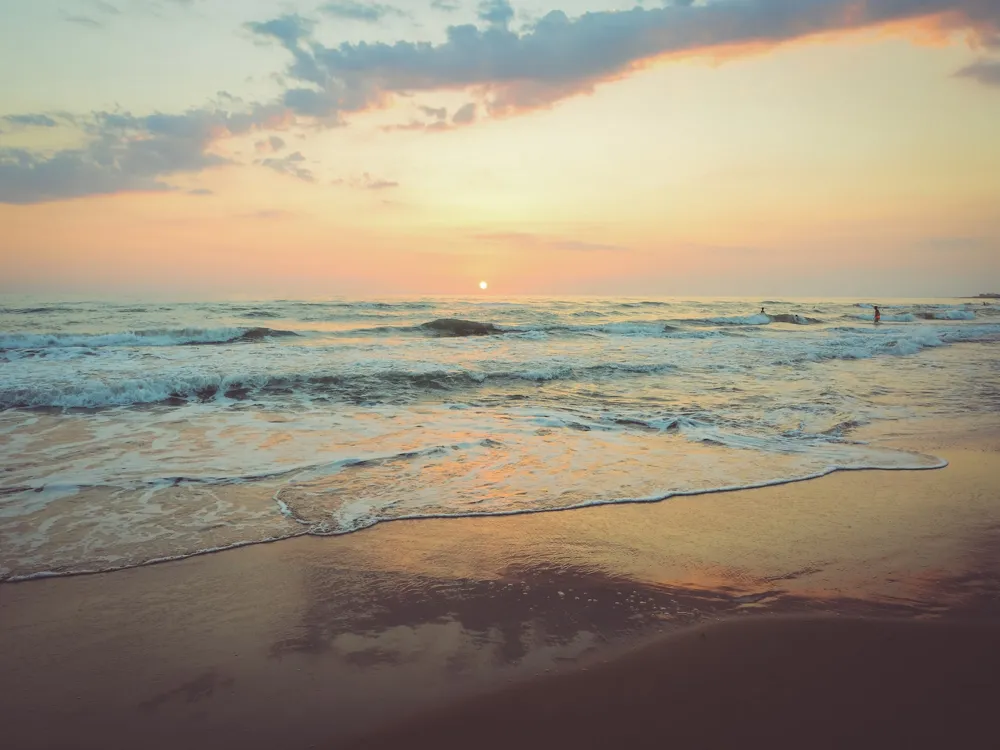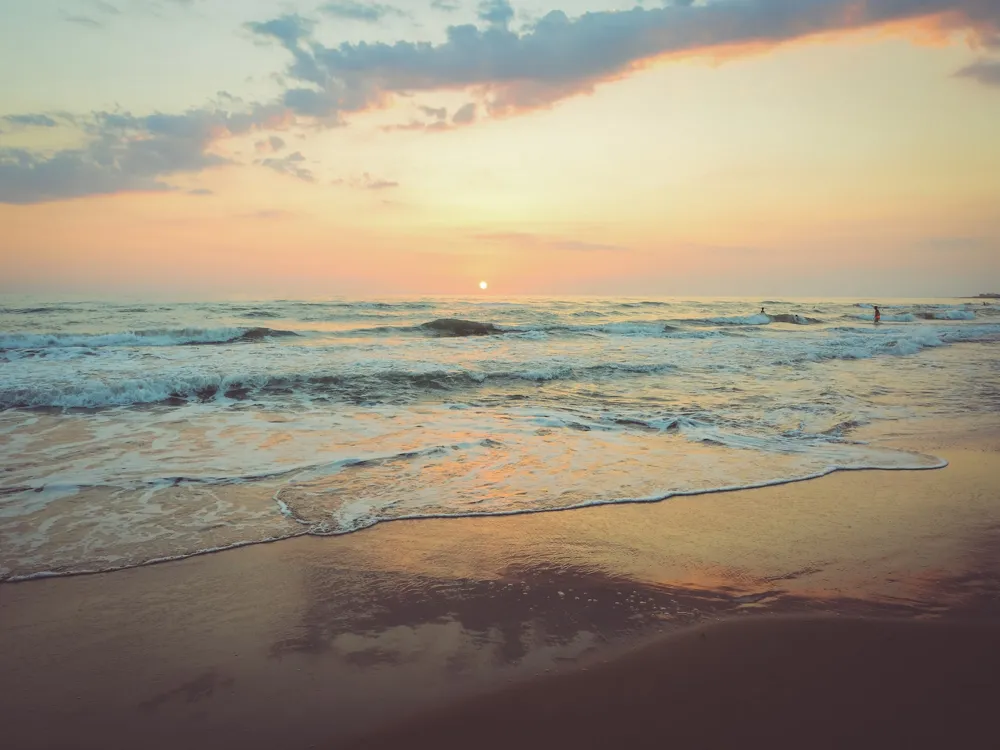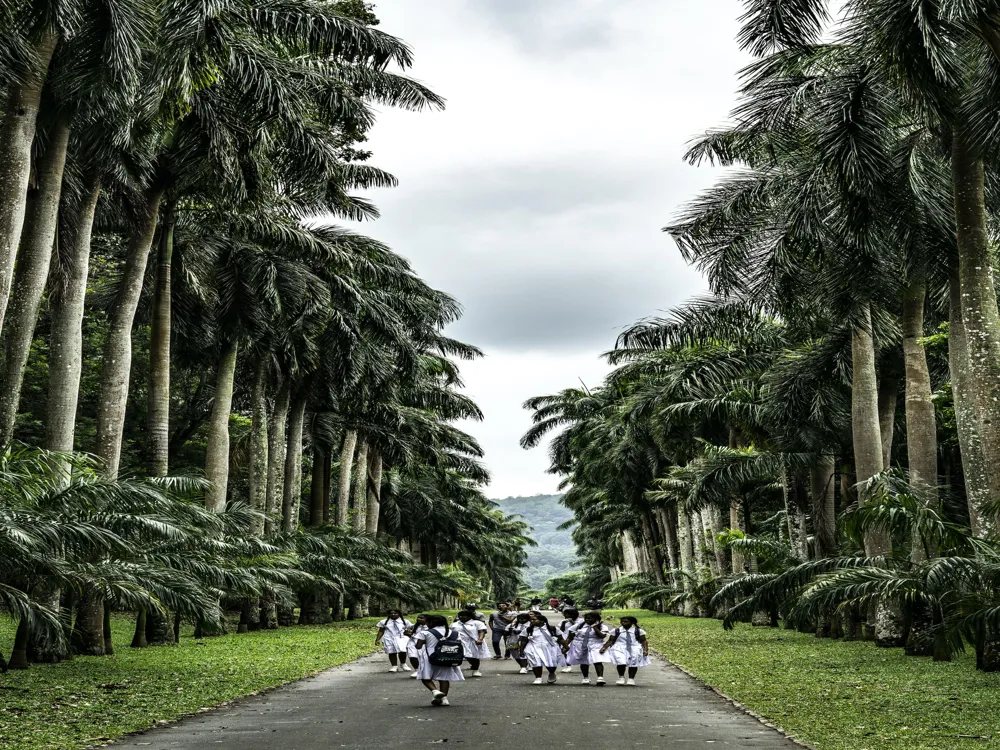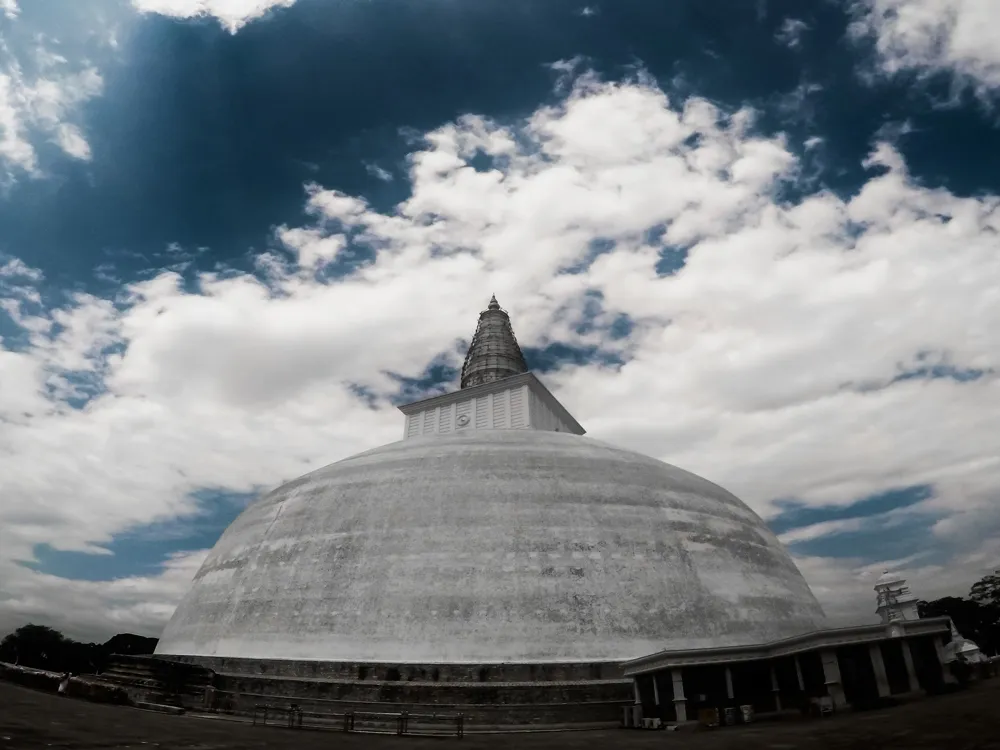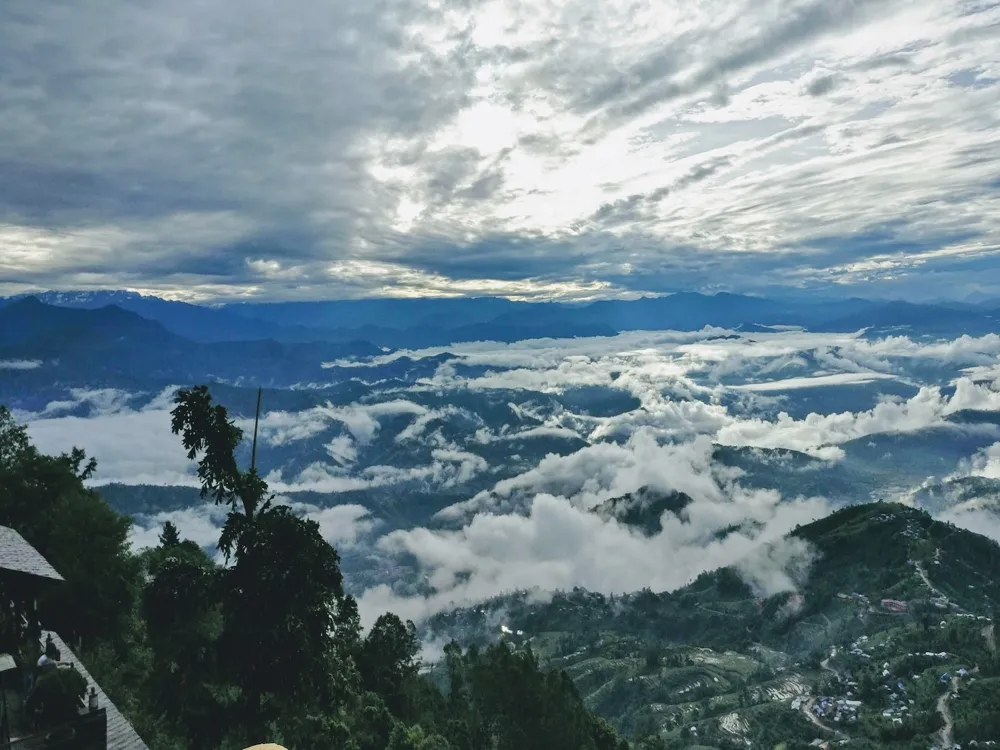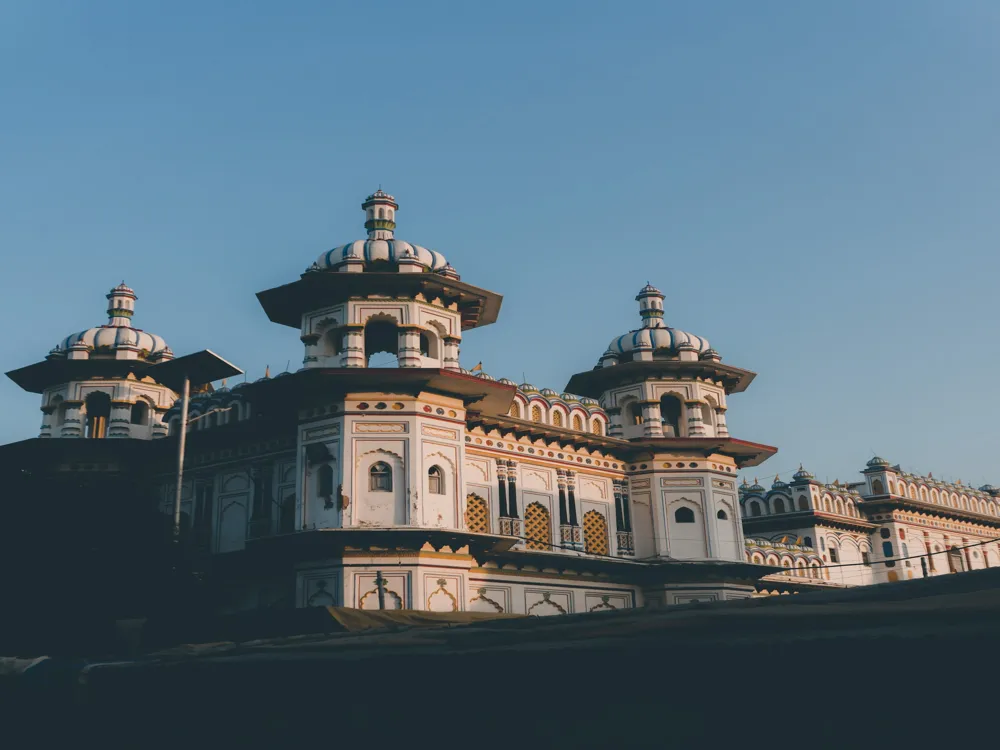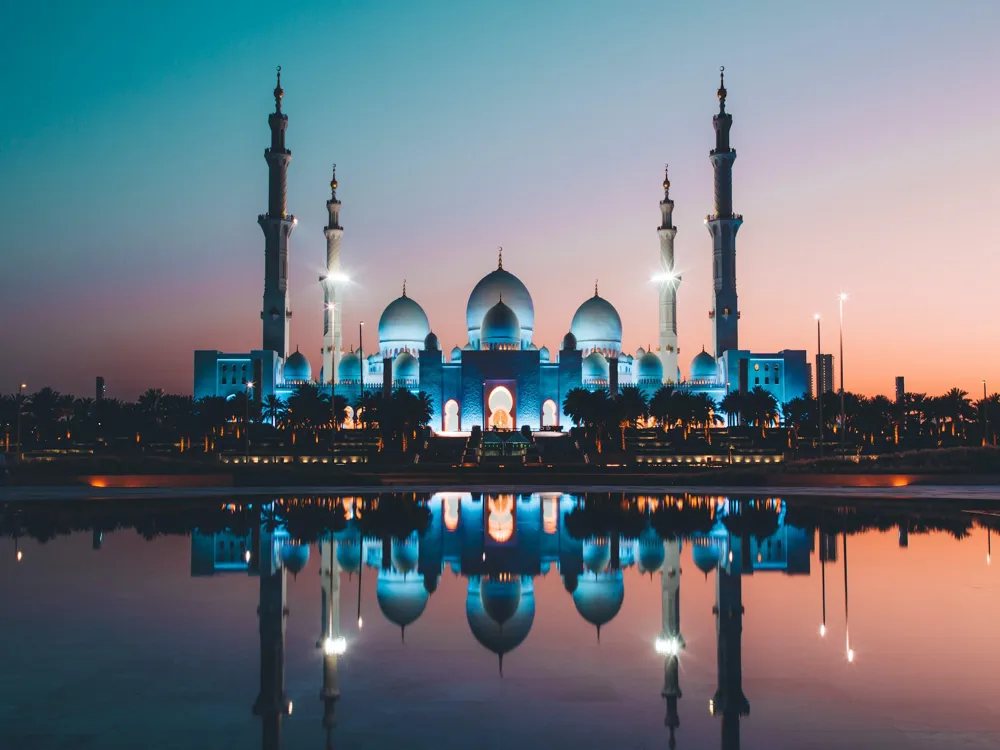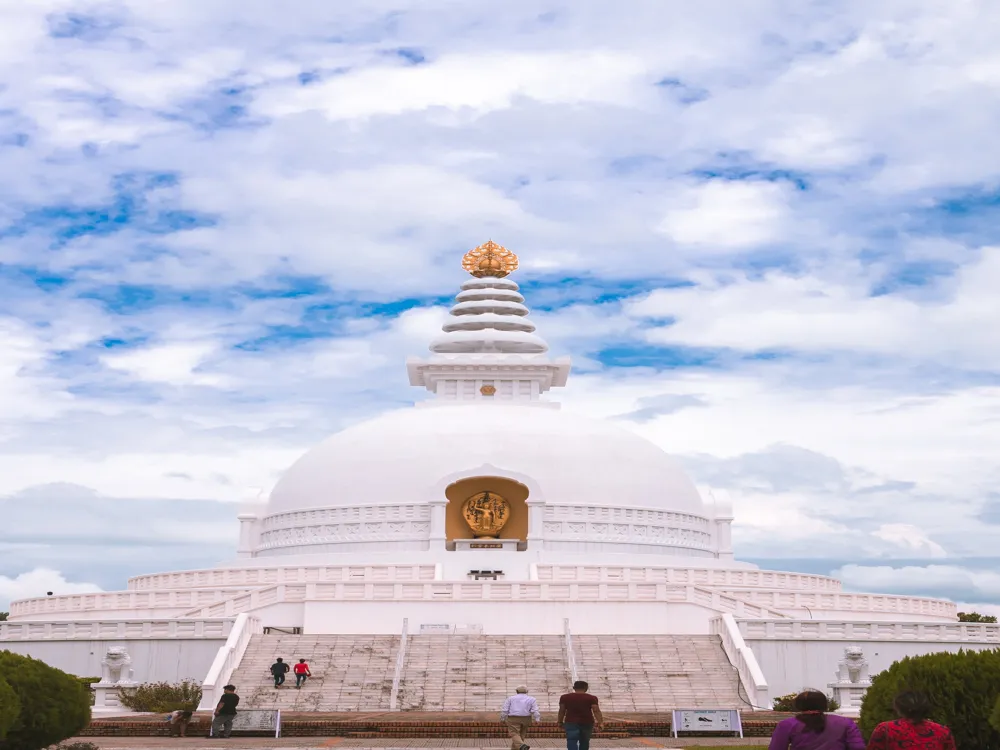Best Time to Visit Matara
Sri Lanka
25 out of 66 Places to visit in Sri LankaNaN onwards View Packages
Get Customized PackagesThe Land of Diversity
Top Hotel Collections

Private Pool

Luxury Hotels

5-Star Hotels

Pet Friendly
What is the Best Time to Visit Matara?
Planning a trip to Matara? Choosing the right time to visit can significantly enhance your experience. Matara, a picturesque city nestled in the southern part of Sri Lanka, offers a diverse range of attractions, from pristine beaches to cultural landmarks. To make the most of your visit, understanding the best time to explore Matara becomes crucial.
More about Best Time to Travel to Matara
Travel Peak Season in Matara
Matara's peak season, spanning from December to March, is characterized by ideal weather conditions. During this period, the city experiences dry and sunny days, making it perfect for beach lovers and outdoor enthusiasts. The temperatures are moderate, ranging from 25 to 30 degrees Celsius, creating a pleasant atmosphere for exploring Matara's vibrant culture and historical sites.
Travel Offseason in Matara
On the flip side, Matara's offseason, from June to September, presents a unique charm for travelers seeking a quieter experience. Although the occasional rainfall can be expected, the lush greenery and fewer crowds offer a tranquil backdrop. This period caters to those who prefer a more relaxed ambiance and wish to explore Matara at a more leisurely pace.
Matara Travel Packages
View All Packages For Matara
Matara in Shoulder Season
Matara, nestled on Sri Lanka's southern coast, transforms during shoulder season, blending tranquility with vibrant local life. As the monsoons subside, lush landscapes emerge, inviting exploration without the crowds of peak season. The air carries a gentle warmth, perfect for strolls along Mirissa's golden beaches or exploring the historic Matara Fort.
Matara in Hot Season
The hot season in Matara, from April to May, brings warmer temperatures but also offers unique experiences. The beaches come to life, providing opportunities for water sports and sunbathing. It's an ideal time for those who enjoy the lively atmosphere and want to make the most of Matara's coastal offerings.
Matara in Rainy Season
The rainy season, spanning from October to November, may deter some travelers, but it has its own allure. The occasional downpour transforms the landscape into a lush, green paradise. Exploring Matara during this season allows for a more authentic experience, witnessing nature's rejuvenation.
Matara in Cool Season
Lastly, the cool season, from December to February, provides a pleasant climate without the scorching heat. This time is optimal for exploring Matara's architectural wonders, such as the historic Star Fort and the Weherahena Buddhist Temple.
Places To Visit In Matara
View All Places To Visit In MataraNearby Places Matara
Matara Photos
View All Photos For MataraBrowse Package Collections
Browse Hotel Collections
Faq
1. When is the ideal time to visit Matara?
The best time to visit Matara is during the dry season, which typically spans from December to March. This ensures pleasant weather and allows you to explore the city and its surroundings without the interruption of heavy rainfall.
2. What is the weather like in Matara during the recommended period?
During the dry season, Matara experiences warm and sunny weather with temperatures ranging between 25°C to 30°C (77°F to 86°F). This makes it perfect for outdoor activities and beach outings.
3. Are there any specific months to avoid due to unfavorable weather conditions?
It is advisable to avoid the months of May to September, as Matara experiences its monsoon season during this period. Heavy rainfall and potential flooding can affect travel plans and outdoor activities.
4. What can I expect during the monsoon season in Matara?
The monsoon season brings heavy rainfall and increased humidity. It's recommended to be cautious of possible flooding and transportation disruptions during these months. Indoor attractions may still be accessible, but outdoor excursions may be limited.
5. Are there any festivals or events that I should consider when planning my visit?
Matara celebrates the Sinhala and Tamil New Year in April, offering a unique cultural experience. Additionally, the Esala Perahera, a grand procession, takes place in nearby Kandy in July/August. Check the local calendar for other events that might coincide with your visit.

